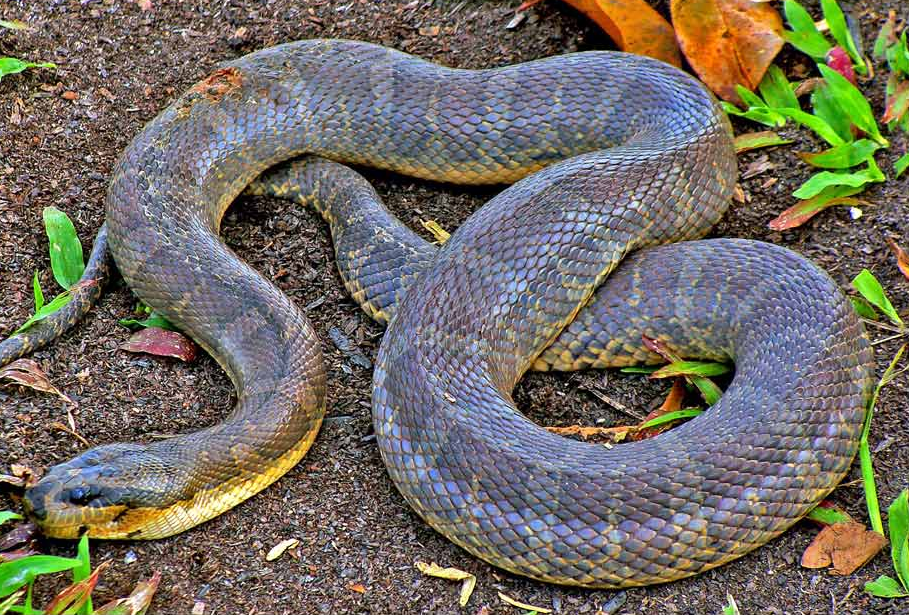When we think about animal personalities, snakes rarely come to mind. These remarkable reptiles, often misunderstood and feared, display distinct behavioral patterns that reveal much about their individual temperaments and dispositions. Just as humans express themselves through body language, snakes communicate volumes through their distinctive slithering patterns. From cautious side-winders to bold straight-line travelers, a snake’s movement style offers a fascinating window into its personality. Recent herpetological research has begun to unravel these connections, showing that snake locomotion isn’t merely functional—it’s expressive of the animal’s unique character and emotional state.
The Science Behind Snake Movement

Snakes have evolved several distinct locomotion patterns that serve them in different environments and situations. The most common movement pattern is lateral undulation, where the snake creates S-shaped curves that push against surface irregularities for forward propulsion. Rectilinear movement involves the snake’s belly scales gripping and releasing the ground in a straight-line pattern, often used by larger species like pythons and boas. Sidewinding, predominantly seen in desert species, involves the snake throwing its body in diagonal loops, minimizing contact with hot sand. Concertina movement, used in confined spaces, involves the snake anchoring its posterior while extending its anterior, then pulling the rest of its body forward. Each of these movement styles requires different muscle engagement and energy expenditure, revealing not just adaptation but preference.
Confident Slithers vs. Nervous Movements
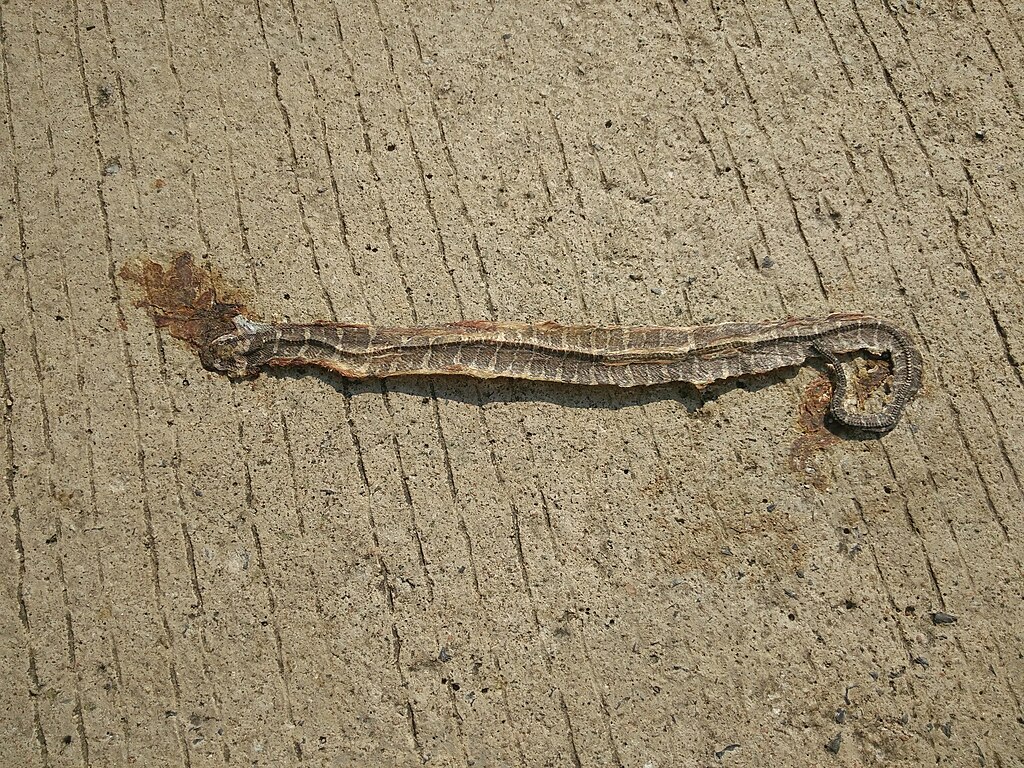
A confident snake typically displays smooth, purposeful movements with consistent rhythm and deliberate direction changes. These snakes maintain a steady pace and demonstrate controlled body posture, with their head held relatively high and their tongue flicking at regular intervals to gather information. In contrast, nervous snakes exhibit erratic movement patterns characterized by frequent starts and stops, rapid direction changes, and inconsistent speed. Their body posture often appears tense, with the head held close to the ground in a defensive position, and they may demonstrate exaggerated side-to-side head movements while tongue-flicking at an accelerated rate. These behavioral differences can be observed even among snakes of the same species, highlighting that personality—not just species-specific traits—influences movement patterns.
Speed and Temperament Correlations

The speed at which a snake travels often correlates directly with its temperament and current emotional state. Researchers have observed that naturally aggressive species like mambas and certain vipers tend to move more rapidly even in non-threatening situations, perhaps reflecting an overall higher activity level and metabolic rate. Conversely, more docile species such as ball pythons typically move more slowly and deliberately, pausing frequently to assess their surroundings. Individual variations within species are equally telling—snakes with bold personalities often demonstrate greater average movement speeds than their more timid counterparts of the same species. During behavioral studies, herpetologists have documented that these speed preferences remain consistent over time, suggesting they represent stable personality traits rather than momentary reactions.
Territorial Markers in Movement Patterns
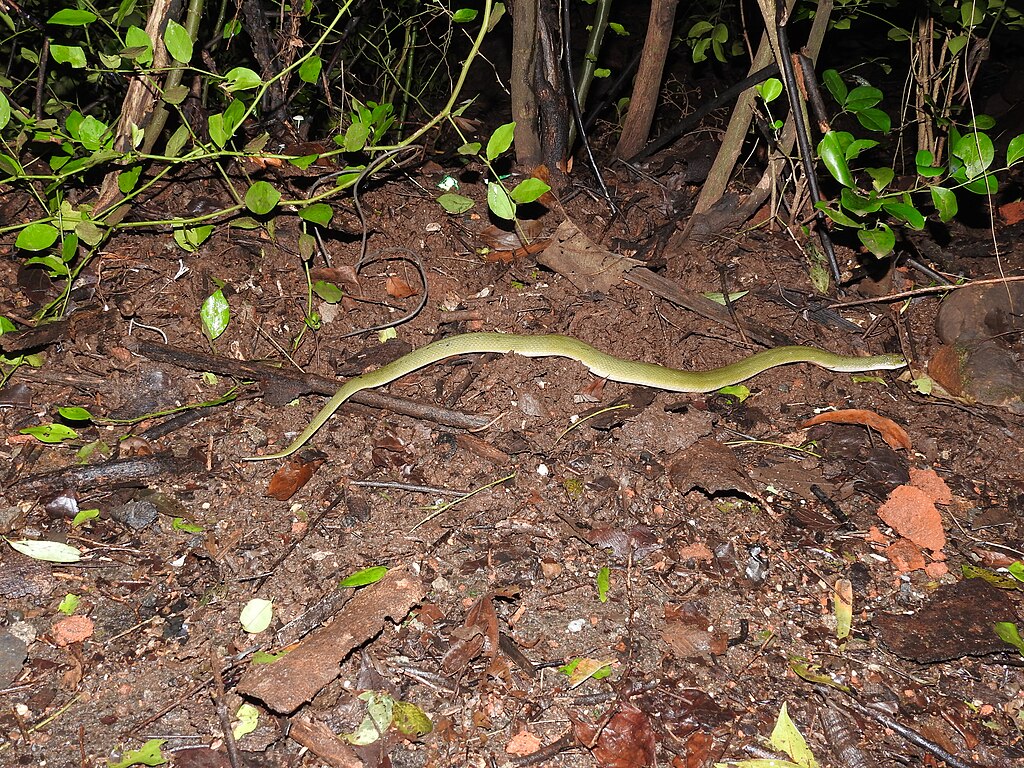
Highly territorial snakes often display distinctive movement patterns when navigating their established domains. These individuals tend to follow predictable routes, creating what researchers call “movement highways” throughout their territory. They frequently pause at specific landmarks to deposit scent markers from their cloacal glands, creating an olfactory map that other snakes can detect. When encountering these scent trails, non-territorial snakes typically alter their movement patterns to avoid confrontation, often taking circuitous routes around marked areas. Interestingly, territorial behavior manifests differently across species—some defend large areas with aggressive patrolling, while others focus on protecting specific microhabitats like a favored basking spot or shelter. The precision and consistency of these movement patterns reveal much about a snake’s confidence level and social dominance.
How Habitat Shapes Slithering Style
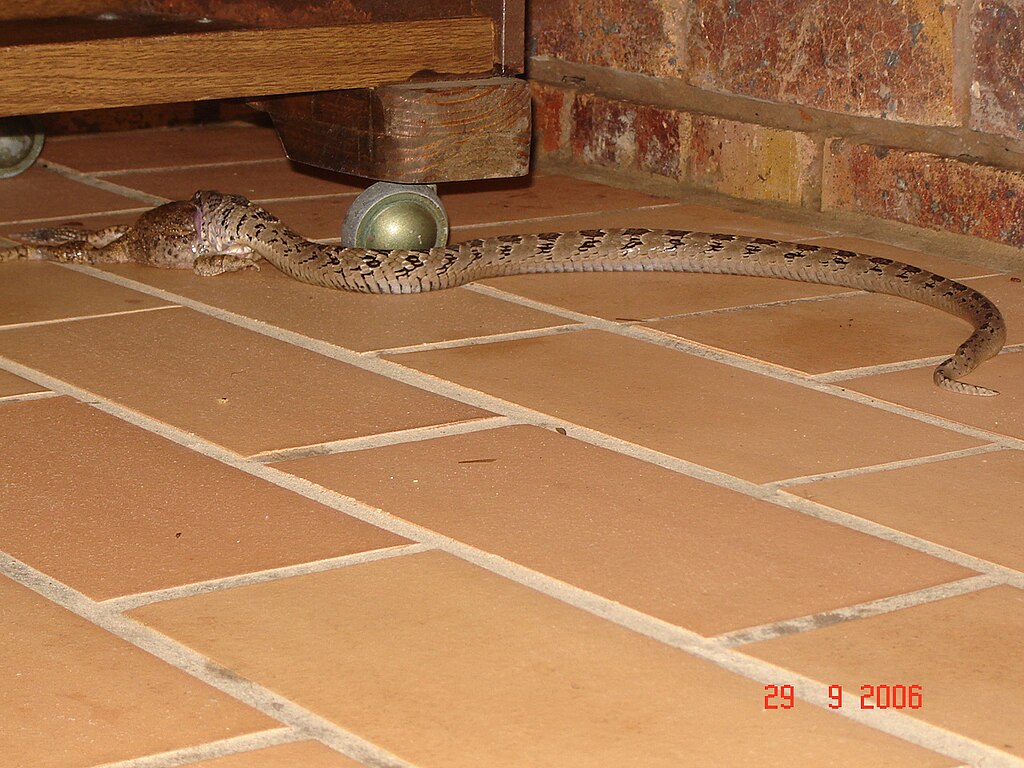
A snake’s preferred habitat significantly influences its movement style, eventually shaping aspects of its personality. Arboreal species like emerald tree boas develop graceful, controlled movements adapted for navigating branches and vines without falling. These snakes often display cautious personalities, carefully testing each surface before committing their weight. Ground-dwelling species frequently demonstrate more varied movement patterns, from the purposeful straight-line travel of kingsnakes to the zigzagging defensive retreat of rattlesnakes. Aquatic and semi-aquatic species develop particularly fluid, efficient movement styles that translate to smooth, confident motions even on land. These habitat-specific movement adaptations become so ingrained that they persist even when the snake is placed in novel environments, indicating deep connections between locomotion style, habitat preference, and behavioral temperament.
Reading Stress Signals in Slithering
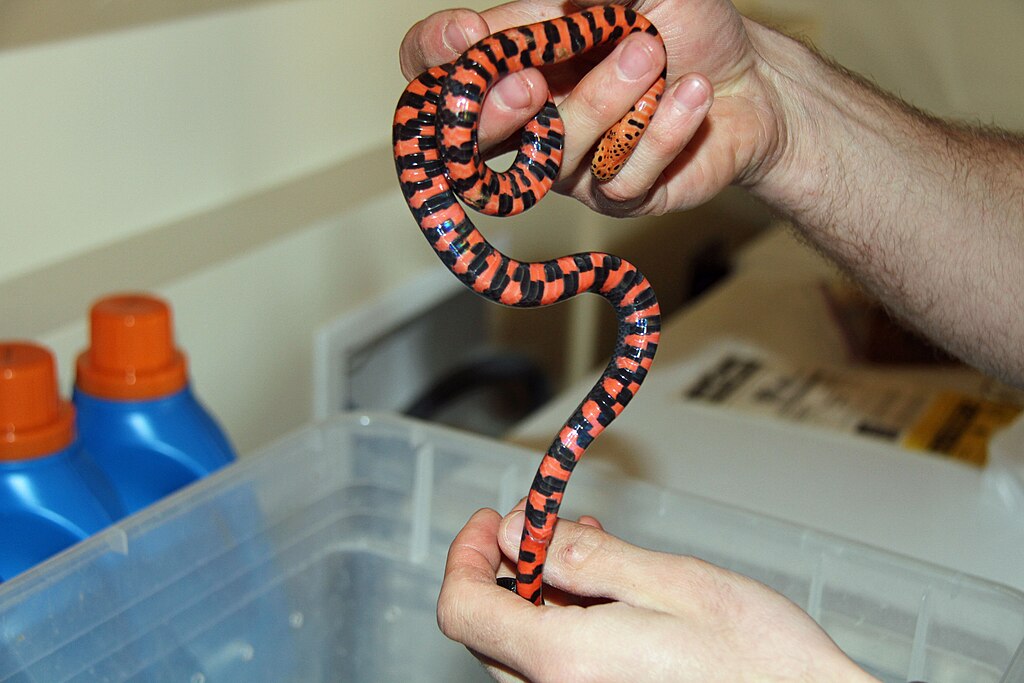
Stress manifests clearly in a snake’s movement patterns, providing valuable insight into its emotional state and overall well-being. A stressed snake often displays jerky, uncoordinated movements that lack the fluid grace typical of relaxed locomotion. The rhythm of movement becomes inconsistent, with abnormal acceleration followed by freezing behavior. Many stressed snakes demonstrate a movement pattern called “periscoping,” where they repeatedly raise the front portion of their body to scan for threats before quickly lowering it again. In extreme cases, distressed snakes may exhibit thrashing movements or flip onto their backs in a defensive posture, behaviors rarely seen during normal locomotion. Experienced handlers and herpetologists use these movement cues as early warning signs of potential health issues or environmental stressors that might otherwise go undetected.
The Curious Connection Between Exploration and Personality
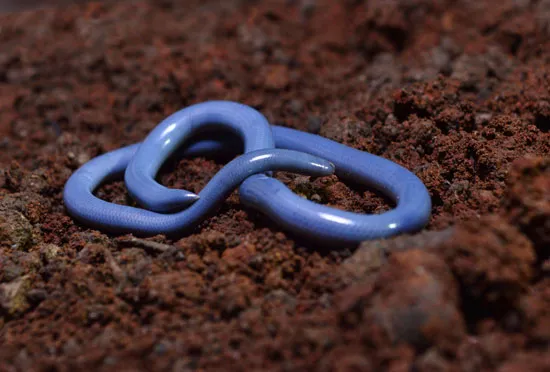
A snake’s exploration patterns reveal fascinating insights into its curiosity level and problem-solving approach. Bold, curious individuals typically cover more ground during exploration, investigating novel objects and unfamiliar terrain without hesitation. These snakes often employ what researchers call “active searching behavior,” characterized by frequent direction changes and thorough investigation of environmental features. More cautious individuals demonstrate “edge-hugging” behavior, preferring to move along walls or other boundaries rather than crossing open spaces. When presented with obstacles, persistent personalities will make repeated attempts to overcome barriers, while more easily discouraged individuals quickly seek alternative routes. These exploration differences remain remarkably consistent across time and contexts, suggesting they represent stable personality traits rather than situational responses.
Defensive Movements and Aggression Levels
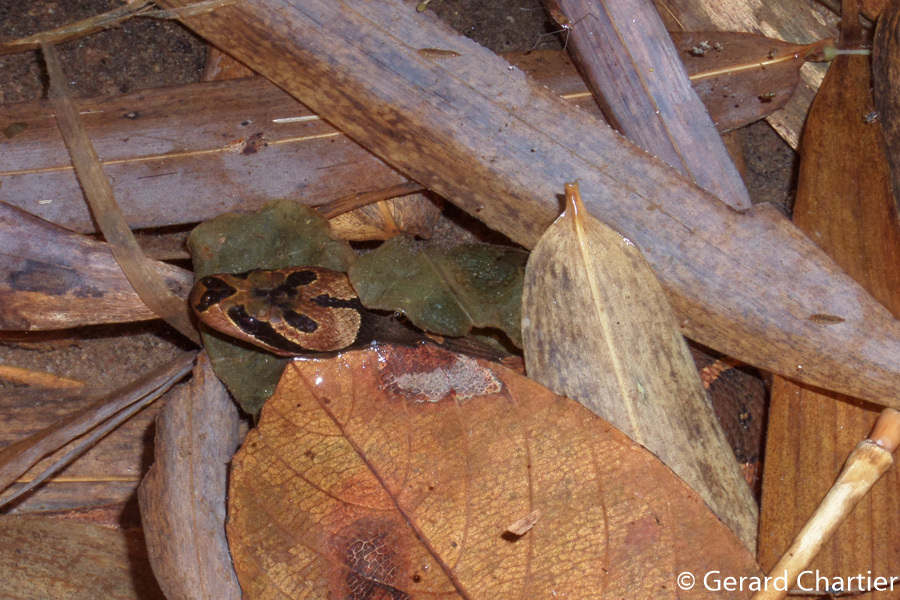
Defensive movement patterns provide clear indicators of a snake’s aggression threshold and fight-or-flight preference. Highly defensive species like cottonmouths often assume the characteristic S-shaped striking posture at the first sign of potential threat, maintaining this position while producing warning signals like tail vibrations or hissing. More mild-mannered species typically demonstrate a preference for flight over fight, exhibiting rapid retreat movements with minimal threat displays. Individual personality differences become particularly evident during threat encounters—some snakes consistently choose confrontation, while others of the same species reliably opt for escape or cryptic freezing behavior. Researchers have documented that these defensive movement preferences often correlate with other personality traits, with more aggressive individuals also showing greater boldness during feeding and exploration.
How Age Affects Movement Signatures

A snake’s movement patterns undergo significant changes throughout its lifespan, reflecting developmental stages and personality maturation. Juvenile snakes typically display more erratic, energetic movements with frequent direction changes and higher average speeds than adults of the same species. This heightened activity likely serves multiple purposes—facilitating rapid growth through increased hunting opportunities while making them less predictable to potential predators. As snakes mature, their movements generally become more deliberate and efficient, with established routines that reflect accumulated environmental knowledge. Senior snakes often exhibit more cautious movement patterns with reduced speed and increased pausing behavior. These age-related changes in locomotion style parallel the personality development observed in many vertebrate species, suggesting that snake personalities, like those of mammals and birds, develop and stabilize over time.
Seasonal Variations in Movement Behavior
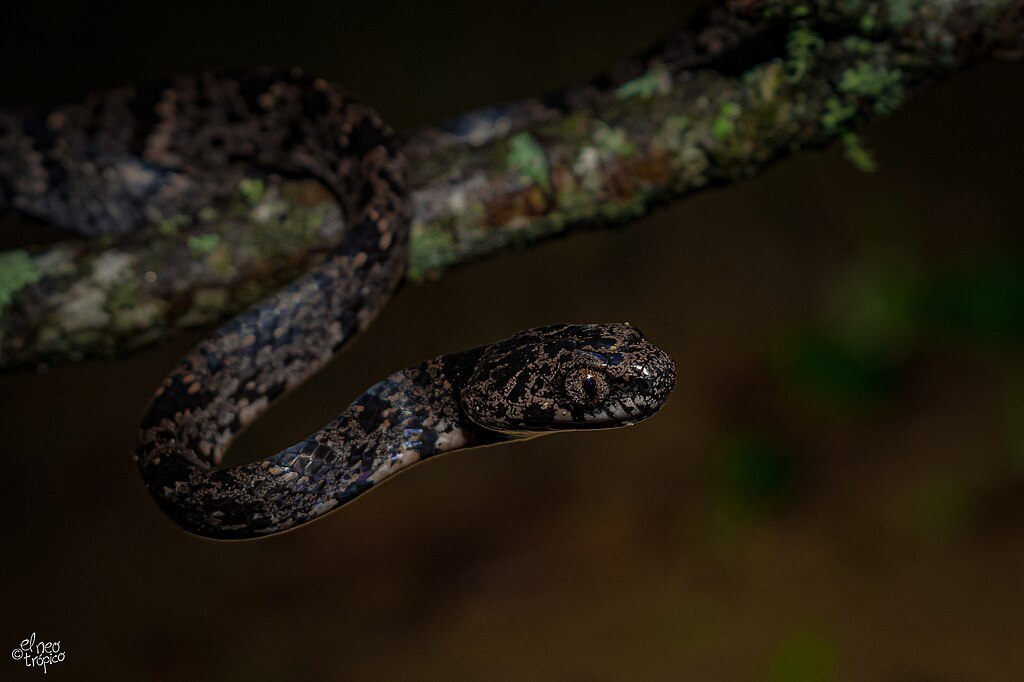
Snake movement patterns undergo remarkable seasonal transformations that reveal much about their hormonal states and biological priorities. During breeding season, many male snakes display dramatically increased movement rates and range expansion as they actively search for receptive females. Their movement patterns become less predictable and more exploratory, with reduced caution when crossing open areas or unfamiliar terrain. In contrast, gravid females often adopt more secretive, minimal movement patterns, seeking secure locations and conserving energy for reproduction. As winter approaches in temperate regions, many species demonstrate directional movement toward hibernation sites, followed by dramatically reduced activity. These seasonal variations highlight the complex interplay between innate personality tendencies and biological imperatives, showing how movement patterns flexibly adapt to changing priorities while maintaining individual characteristic styles.
Social Aspects of Snake Locomotion

While not typically considered social animals, snakes demonstrate fascinating movement adjustments in the presence of conspecifics that reveal much about their social preferences and temperament. During communal hibernation, for instance, researchers have observed that certain individuals consistently position themselves at the center of snake aggregations, while others reliably choose peripheral positions. These location preferences persist across multiple seasons, suggesting stable social personality traits. During mating season, subordinate males often adopt distinct movement patterns when near dominant rivals, using indirect approaches and cautious advances rather than direct confrontation. Some species demonstrate unexpected coordination during group hunting, with individuals adopting complementary movement patterns that increase collective hunting success. These social dimensions of snake movement challenge traditional views of reptiles as asocial and provide new avenues for understanding personality expression in these remarkable animals.
Captive vs. Wild Movement Signatures

Captivity significantly influences snake movement patterns, often revealing aspects of personality that might remain hidden in wild settings. Captive snakes typically develop individualized movement routines that reflect their adaptation to enclosure boundaries and features. Some individuals demonstrate remarkable spatial memory, creating consistent movement paths that efficiently navigate their environment while avoiding obstacles. Others develop what keepers call “pacing” behaviors—repetitive movement patterns along specific routes that may indicate stress or understimulation in some cases. Interestingly, when wild snakes are temporarily placed in captive settings for research purposes, personality differences become readily apparent in their movement responses. Bold individuals quickly adapt their movement patterns to explore the new space, while shy snakes may drastically reduce movement or engage in persistent escape attempts. These behavioral differences demonstrate that captivity can both reveal and potentially modify the movement signatures that reflect snake personality.
Interpreting Your Pet Snake’s Movement Language
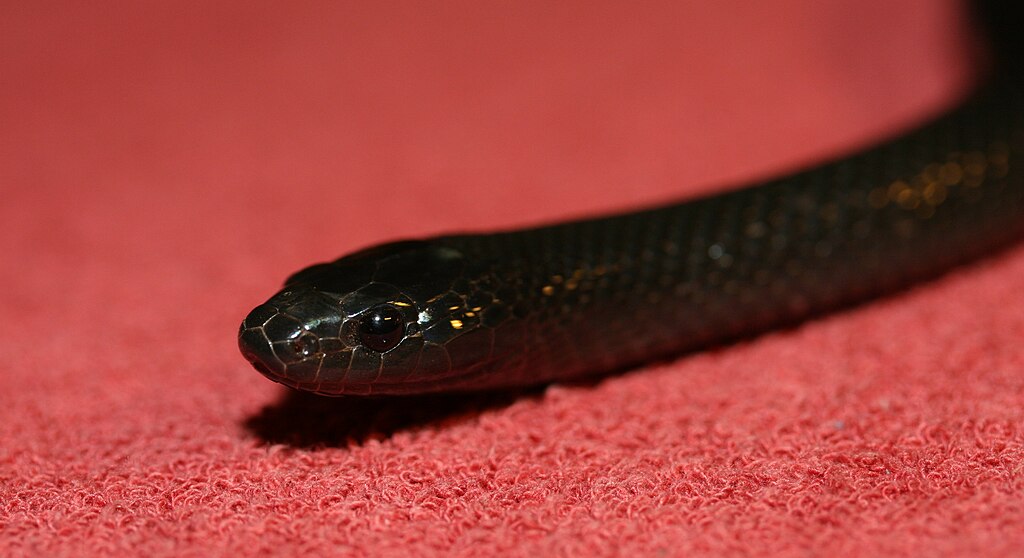
For snake owners, learning to read their pet’s movement patterns provides valuable insight into its emotional state and personality. A content pet snake typically exhibits smooth, unhurried movements during cage exploration, with confident tongue-flicking and relaxed muscle tone. Sudden changes to established movement patterns often indicate environmental stressors or potential health issues requiring attention. Many experienced keepers report that they can identify individual snakes by their movement signatures alone—from the methodical, deliberate exploration style of one ball python to the quick, curious investigation pattern of another. When handling snakes, movement changes can provide early warning of stress or discomfort, such as increased muscle tension or attempts to move in a particular direction. By becoming attuned to these subtle movement cues, owners can better understand their pet’s preferences and provide more appropriate care tailored to their snake’s unique personality.
Future Research Directions
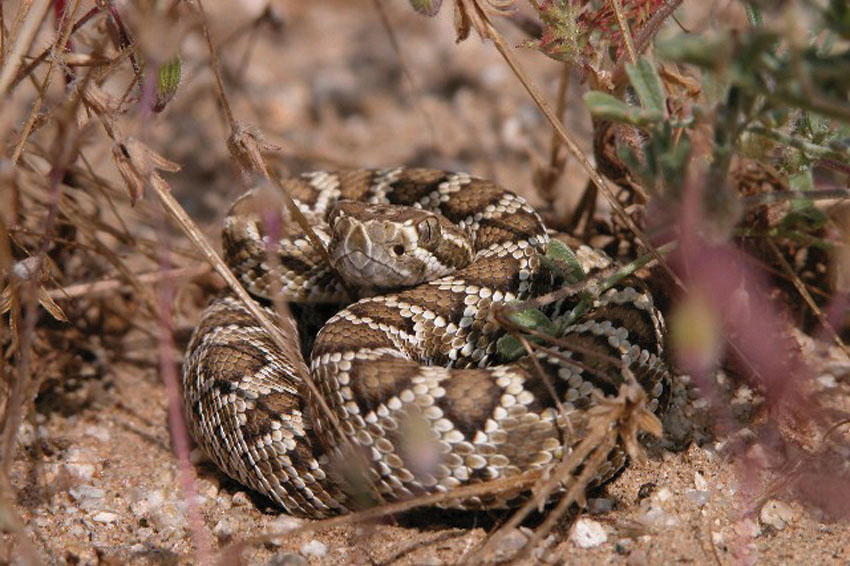
The study of snake movement as an indicator of personality represents an exciting frontier in herpetological research. Scientists are increasingly employing advanced tracking technologies like radio telemetry and accelerometers to gather detailed movement data in wild populations, allowing unprecedented insights into individual behavioral differences. Machine learning algorithms show promise for identifying subtle movement signatures that might escape human observation, potentially creating movement “fingerprints” unique to each snake. Some researchers are investigating potential connections between genetics and movement preferences, exploring whether certain locomotion styles might have heritable components. The emerging field of reptile cognition studies may soon reveal connections between problem-solving approaches and movement patterns, further illuminating the complex personalities of these remarkable animals. As our understanding deepens, these insights may improve conservation efforts by helping predict how individual snakes might respond to habitat changes or reintroduction programs.
Conclusion: The Expressive Language of Serpentine Movement
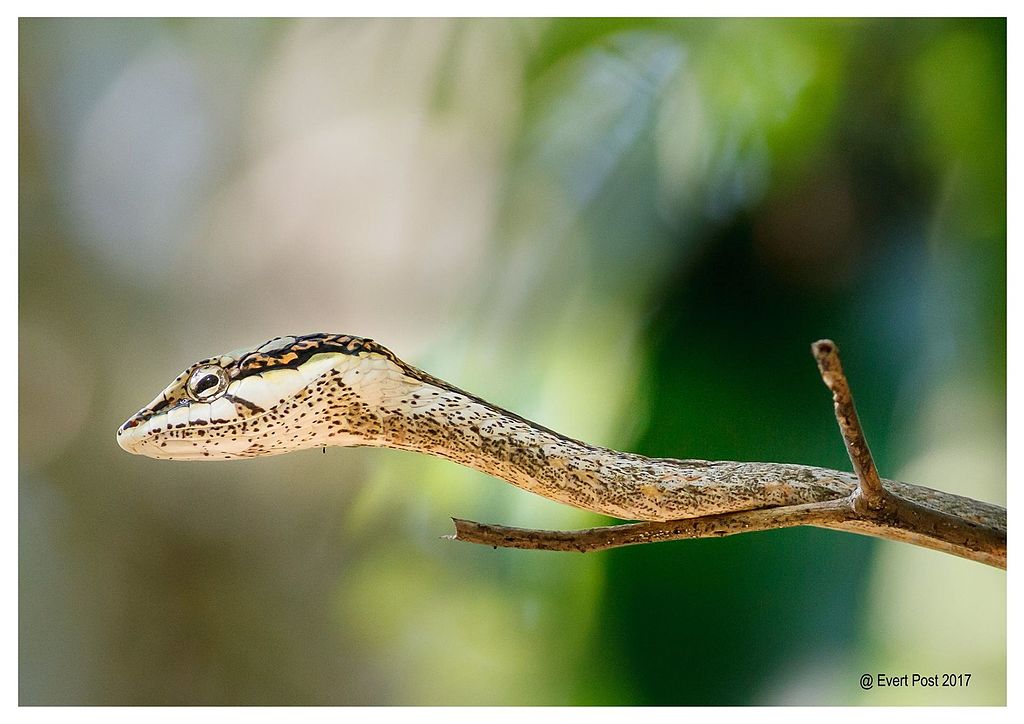
Far from being the cold, expressionless creatures of popular imagination, snakes communicate rich information through their distinctive movement patterns. Their slithering styles reveal individual personalities shaped by genetics, experience, and environment—from the bold explorer to the cautious observer, the territorial defender to the social participant. By learning to read these movement signatures, both researchers and snake enthusiasts gain a deeper appreciation for the complex inner lives of these remarkable reptiles. The next time you observe a snake in motion, whether in the wild or in captivity, take a moment to consider what its unique slithering style might be saying about its personality. You might discover that these ancient animals have been speaking a sophisticated body language all along—we just needed to learn how to listen.

